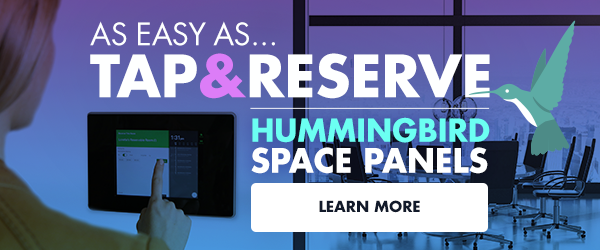What’s The Key Difference Between Employee Experience & Employee Engagement?


The term ‘Employee Experience’ is not new, but it recently exploded onto the HR scene with more vigor than a popped balloon. When Googling the term, the engine returns over five million searches. Many consulting companies that specialize in employee engagement now have ‘employee experience’ on their websites too. The term is quickly becoming of vital importance to how an organization’s employees’ function and how management measures their company’s effectiveness, but what is it?
Let’s begin with defining employee engagement:
What is employee engagement?
The term ‘Employee Engagement’ first came about in 1990 when it was introduced in an academic paper by William Kahn. He wanted to understand the ‘varying degrees’ by which people can bring ‘their selves’ to work. He suggested that there are three psychological conditions that people need to ‘personally engage’ in their work. These were ‘meaningfulness, safety, and availability.’ He defined each of these as:
- How meaningful is it for me to bring myself into this performance?
- How safe is it to do so? and
- How available am I to do so?
An interpretation of these conditions is as follows:
- Whether engaging in something at work is meaningful to the employee, either for personal gain or for the good of others.
- Whether the employee feels safe to engage in an activity by weighing up if it’s a positive move for their career, their physical self, or for their employer.
- An employee may decide on their availability to engage, on whether they have internal resources such as confidence, energy, or time to engage. Alternatively, they may assess the availability of external resources such as IT equipment, a multidisciplinary team to support an endeavor or a supportive manager.
Isn’t engagement more than just those three things?
Over the last almost 30 years, these conditions have morphed into all manner of factors that are now deemed necessary to engage employees. Some of which are close to Kahn’s original ideas, some have a base in academic research or empirical data, but many rely on very little evidence and are distant from the original concept.
The problem with employee engagement, much like the new definitions for employee experience, is there is no agreed definition of either concept. Both concepts are open to interpretation, and those interpretations are not always grounded in research and evidence as to their capacity to affect change.
These links show some of the variations in factors that create an employee’s engagement: HR Zone, Engage for Success, Gallup. These lists are different from one another but similar to some of the factors that make up the new definitions of employee’s experience.
It’s easy to see where confusion may arise.
What is employee experience?
Employee experience in its original guise was about creating workplaces grounded in user centered-design (UX). However, the recent explosion of the term has taken it into new realms.
The new definitions of employee experience are a combination of employee engagement and user-centered design.
Jacob Morgan’s book ‘The Employee Experience Advantage’ is a prime example of where the concepts come together to create a new definition of employee experience. He states that there are three conditions for a positive employee experience:
- Technology – the availability of appropriate technology for employees and the organization’s purpose
- Space – the aesthetics of the work environment, whether there is an opportunity for flexible working and whether the organization reflects its values in that space
- Culture – incorporates everything from supportive managers and teams, to a positive external and internal image of the organization and its brand, to giving employees a sense of purpose.
Some of these concepts are grounded in user experience design, and some in employee engagement. Deloitte is another company, in an article from 2017, that is concentrating on combining these approaches to create a better overall employee experience, albeit with a slightly different definition.
Which approach is best for my organization?
Both employee engagement and user-centered design are vitally important for a good employee experience. One does not replace the other; they need to work in tandem.
When choosing an approach for engaging and improving the user experience for your employees, it’s best to treat every tactic with caution. There is no one way to engage or give employees a positive experience at work; different approaches will work for different companies.
To find the best method for your company, understand your organization’s culture, goals, budget and people, and the capabilities and limitations they place on you. It’s also important to understand the evidence supporting the approach you want to take to make sure it’s the right one for your organization.
Lastly, your company is not Amazon or Google, so what works for them won’t necessarily work for you. If you choose your approaches wisely and aim to create a happier, more supportive, more flexible work environment, you’ll be heading in the right direction.
